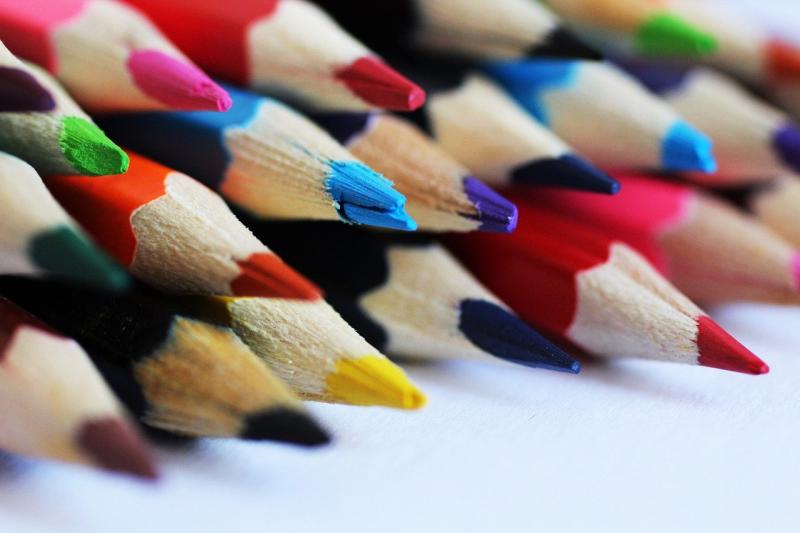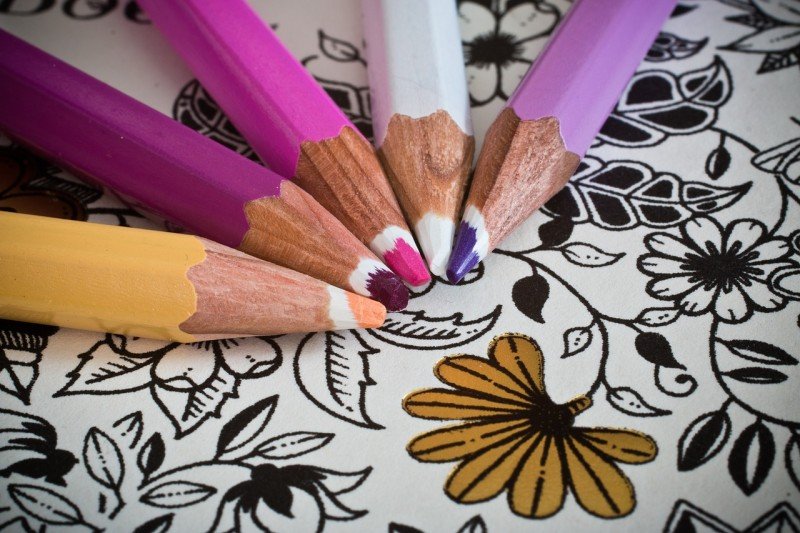Mandalas, intricate geometric patterns that symbolize the universe, have been used for centuries as a powerful tool for meditation and spiritual healing. The act of coloring mandalas can bring about a profound sense of peace and tranquility, allowing individuals to tune into their inner selves and find balance amidst the chaos of everyday life.
When we engage in coloring mandalas, our focus shifts away from external distractions and into the present moment. The repetitive nature of coloring within the lines, combined with the symmetry and order of the mandala design, helps to calm the mind and induce a meditative state. As we connect with each stroke of color, we become more in tune with our own thoughts and feelings, fostering self-reflection and personal growth.
Additionally, coloring mandalas can be a form of stress relief and relaxation. The rhythmic and repetitive motions of coloring activate the parasympathetic nervous system, triggering the body's relaxation response. This can lower heart rate, reduce blood pressure, and relieve muscle tension, promoting a sense of deep relaxation and well-being. The use of vibrant colors also adds an element of joy and creativity to the process, further enhancing the therapeutic benefits.
From Stress to Serenity: How Coloring Mandalas Nurtures Well-Being
Coloring mandalas has become a popular practice for promoting relaxation and nurturing overall well-being. The symmetrical and intricate patterns of mandalas provide a calming effect on the mind, allowing individuals to enter a state of mindfulness and serenity. This therapeutic activity has been known to alleviate stress and anxiety, helping individuals find solace in the present moment.
When coloring a mandala, the repetitive nature of the task helps to engage the brain in a focused and soothing manner. The concentration required to select colors and fill in the intricate patterns helps to divert attention from stressful thoughts and worries, creating an immersive experience that encourages a sense of inner peace. It allows individuals to disconnect from the outside world and find tranquility within themselves.
Mandalas are not just simple coloring pages; they have a deeper spiritual significance in various cultures. They represent the universe and the interconnectedness of all living beings. This underlying symbolism adds a spiritual dimension to the act of coloring mandalas, enhancing the meditative experience and fostering a deeper connection with one's inner self and surroundings.
The Artistic Meditation: Unleashing Creativity through Mandala Coloring
Coloring is often thought of as an activity for children, but in recent years, it has gained popularity as a therapeutic practice for adults. Mandala coloring, in particular, has emerged as a powerful tool to calm the mind, reduce stress, and unleash creativity. Mandalas, intricate geometric patterns that represent the universe, have been used for centuries in various spiritual traditions as aids for meditation. In the context of coloring, they offer a unique opportunity to engage in a meditative practice while embracing artistic expression.
The act of coloring mandalas requires focused attention and concentration, which serves as an effective form of meditation. As one begins to color, the mind is compelled to let go of worries and distractions, allowing for a state of flow and deep relaxation. The repetitive nature of coloring within the intricate lines and shapes of the mandala fosters a sense of mindfulness and presence in the moment. This meditative state provides a respite from the demands of everyday life and paves the way for improved mental clarity and overall well-being.
Additionally, coloring mandalas presents an opportunity for artistic exploration and self-expression. Despite the predetermined patterns, mandalas provide a blank canvas for creativity and personal interpretation. The choice of colors, shading techniques, and added details all contribute to a unique work of art that reflects the individual's emotions, moods, and personal style. The process of coloring releases our inner artist, enabling us to tap into our imagination and unlock hidden talents. The outcome is not just a colored mandala, but a visual representation of our inner thoughts and feelings.
A Journey Within: Discovering Self-Reflection through Meditative Mandalas
A Journey Within: Discovering Self-Reflection through Meditative Mandalas
Coloring books are often seen as simple tools for children’s amusement, but in recent years, they have taken the world by storm as a form of adult therapy. The rise in popularity of coloring books for adults has brought about a new appreciation for the art of coloring and its psychological benefits. However, one particular type of coloring that stands out for its spiritual and introspective nature is meditative mandalas.
Mandalas, derived from the Sanskrit word for "circle," hold profound spiritual significance in various cultures. They represent wholeness and unity, serving as a metaphor for the universe and the interconnectedness of all things. While coloring these intricate and symmetrical patterns, individuals can enter a meditative state and explore their inner selves.
Engaging with meditative mandalas encourages self-reflection, relaxation, and centering of the mind. The repetitive nature of coloring within the lines helps focus attention and quiet the chatter of the restless mind. As one colors, their thoughts begin to flow more freely, allowing for deeper exploration of emotions, memories, and personal insights. The therapeutic effects of this practice have been praised by psychologists and mental health professionals, who find it to be a useful tool in stress reduction and anxiety management.



